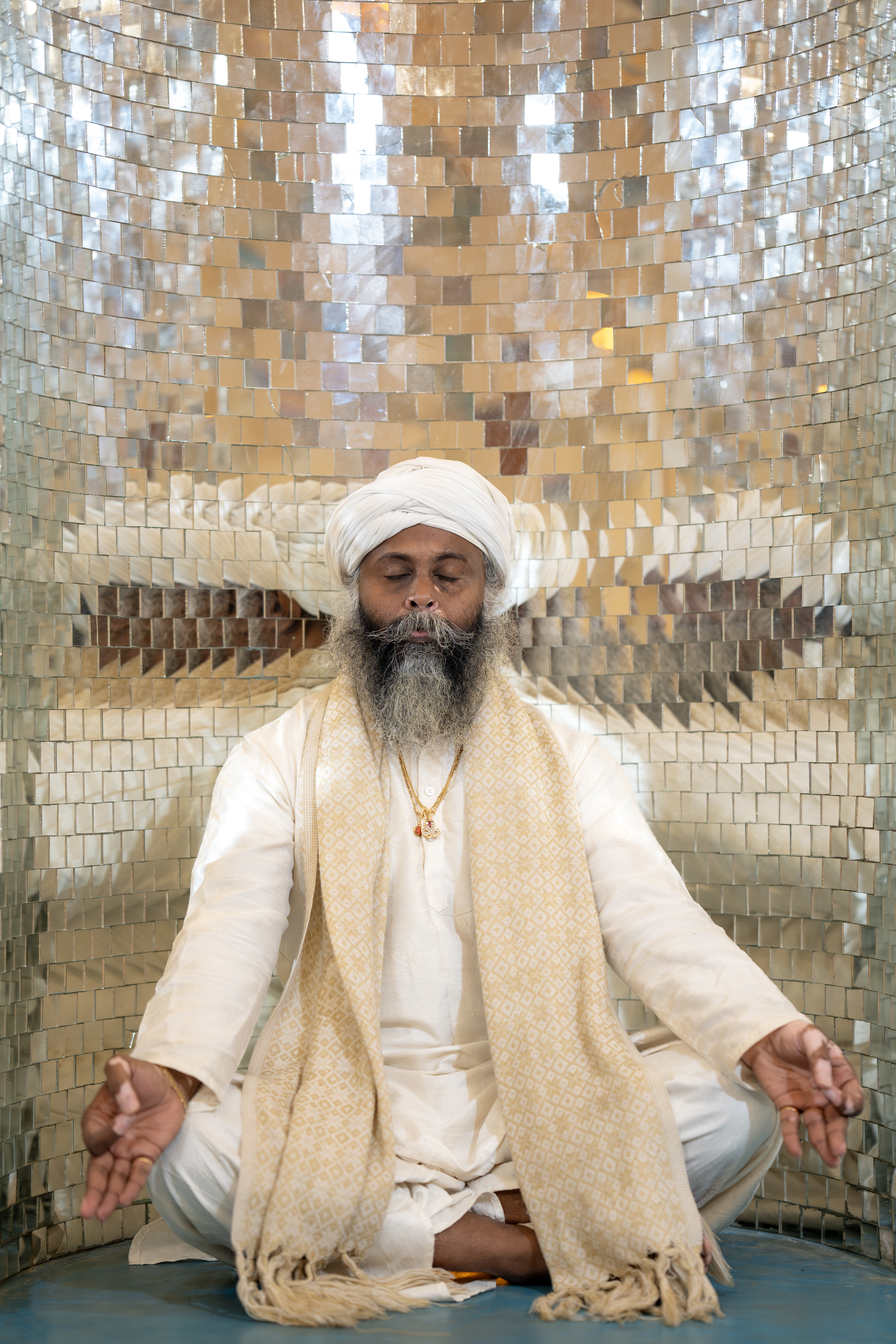Have you ever wondered if the direction you face while meditating makes a difference?
In the yogic and Vedic traditions, the answer is a profound yes. The Earth’s magnetic field, the movement of prana (life force), and cosmic energies all interact with your body and mind based on orientation.
Let’s explore how each direction influences your meditation practice.
🌅 1. Facing East: The Direction of New Beginnings
East is considered the most auspicious direction to meditate. It is the direction of:
- The rising sun, symbolizing new beginnings, clarity, and illumination
- Spiritual awakening, as it aligns you with Surya (Sun energy) and the flow of prana
Benefits of facing East:
✔️ Enhances concentration and clarity
✔️ Deepens spiritual connection and inner awakening
✔️ Supports mental freshness and rejuvenation
✔️ Deepens spiritual connection and inner awakening
✔️ Supports mental freshness and rejuvenation
🕉️ Most yogis, monks, and spiritual seekers traditionally face East for their morning sadhana.
🌄 2. Facing North: The Direction of Stability and Peace
North is associated with:
- Mount Meru and the Himalayas, representing stability, stillness, and divine knowledge
- Kubera, the god of wealth and abundance, symbolizing spiritual and material prosperity
Benefits of facing North:
✔️ Increases focus and inner stillness
✔️ Supports meditative states for self-inquiry and reflection
✔️ Calms the nervous system, making it ideal for evening meditations
✔️ Supports meditative states for self-inquiry and reflection
✔️ Calms the nervous system, making it ideal for evening meditations
🌇 3. Facing West: The Direction of Completion and Release
West is the direction of the setting sun. Meditating facing West is:
- Less common in traditional practices but useful for reflective meditations, letting go of attachments, and completing karmic cycles.
Benefits of facing West:
✔️ Supports forgiveness and emotional release
✔️ Good for end-of-day practices to clear mental clutter
✔️ Helps integrate lessons and experiences
✔️ Good for end-of-day practices to clear mental clutter
✔️ Helps integrate lessons and experiences
🔥 4. Facing South: The Direction of Transformation
South is generally avoided in meditation because:
- It is associated with Yama (god of death) and represents endings and dissolution.
- However, advanced tantric and transformative practices use South-facing meditations to confront fear, ego death, and deep transformation.
Benefits (when guided by a teacher):
✔️ Supports conquering fear and attachments
✔️ Deep inner transformation and karmic clearing
✔️ Deep inner transformation and karmic clearing
🕊️ Practical Application
✔️ For daily meditation and spiritual practices, face East or North.
✔️ For reflective or forgiveness meditations, face West.
✔️ For advanced tantric or shadow work, South may be used under guidance.
✔️ For reflective or forgiveness meditations, face West.
✔️ For advanced tantric or shadow work, South may be used under guidance.
🌌 The Deeper Truth
While direction influences subtle energies, your intention and presence matter the most.
If you’re in a space where you can’t orient yourself precisely, don’t let it become an obstacle. Sit, breathe, and connect – the Divine is everywhere.
✨ Final Reflection
“The Sun rises in the East, illuminating the world.
Let your awareness rise in meditation, illuminating your inner world.”
Choose your direction with intention, and let every meditation become a doorway to deeper harmony with Earth, Cosmos, and Self.


0 Comments